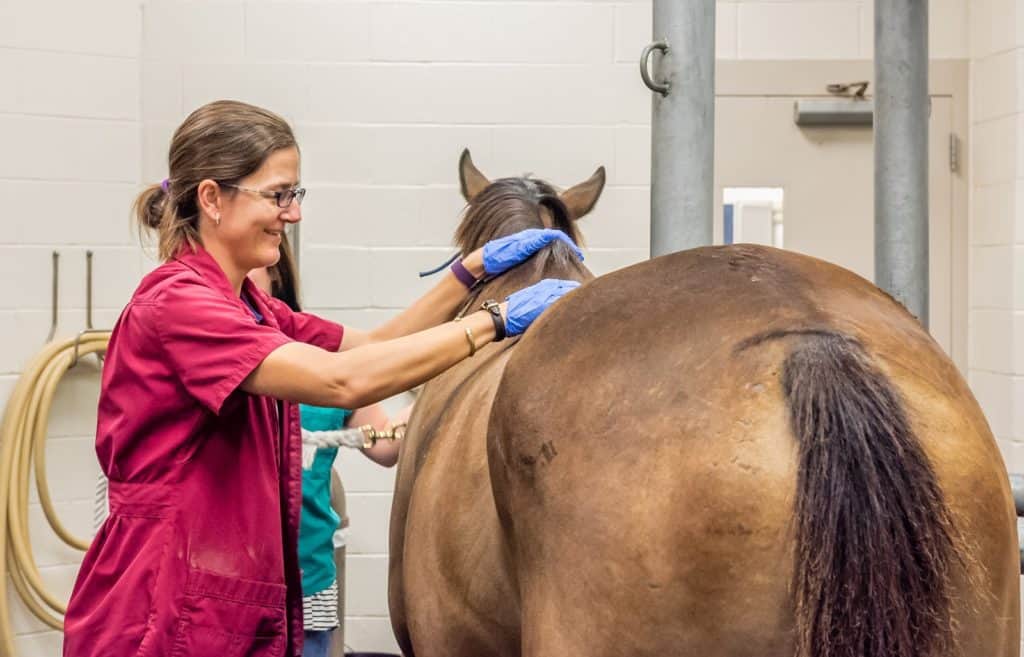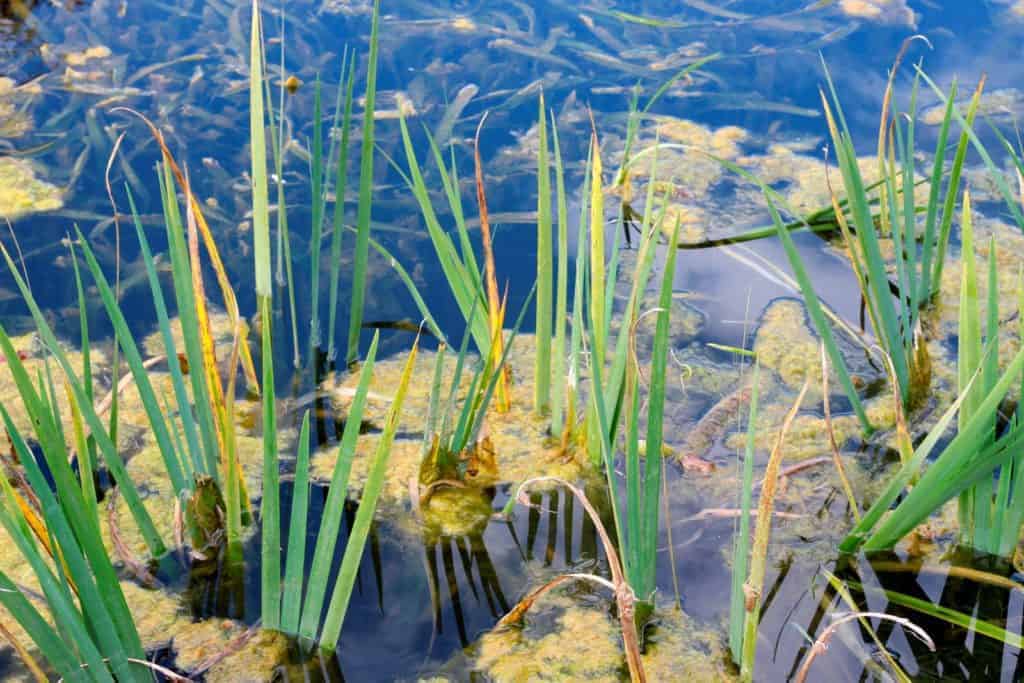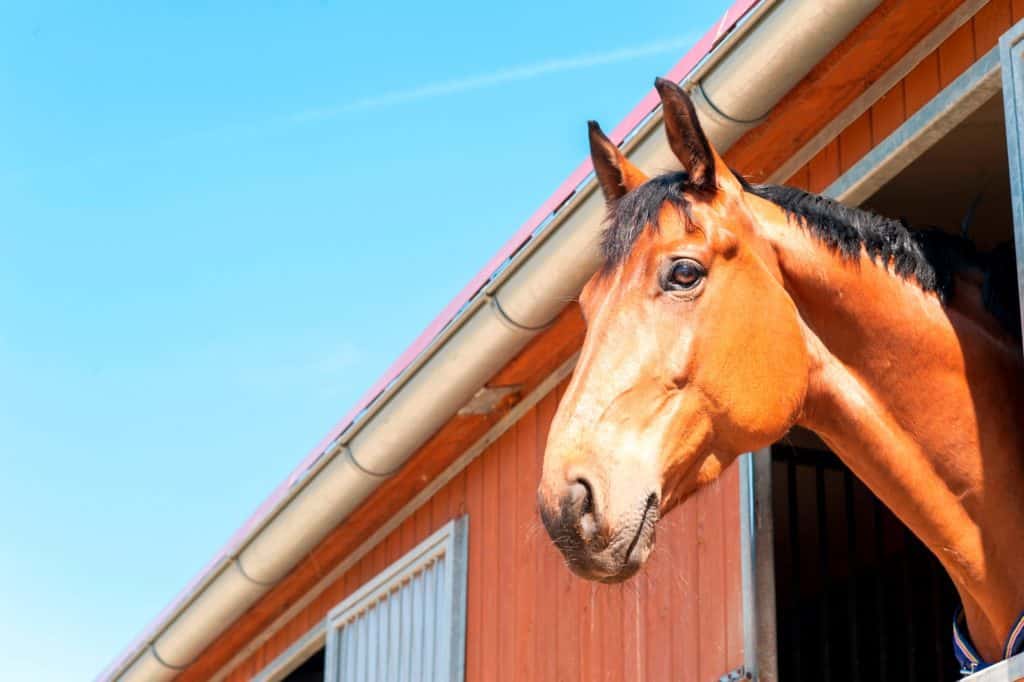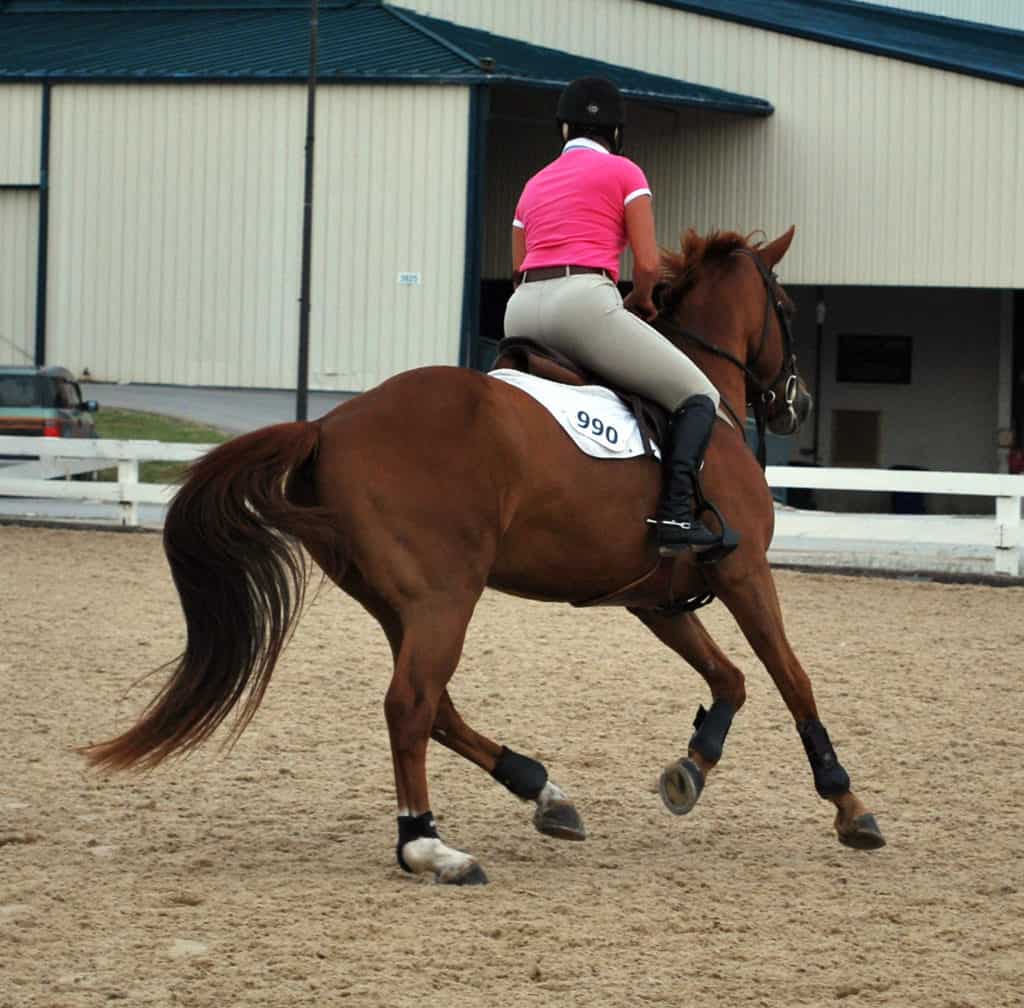
Hot Topics in Hoof Care, Part 3: The Role of Imaging
Find out how veterinarians and farriers rely on imaging to evaluate the horse’s hoof.
Prevention, diagnosis, and treatment of leg lameness

Find out how veterinarians and farriers rely on imaging to evaluate the horse’s hoof.

Take a look at the evolution of diagnosing distal limb lameness in sport horse practice with Dr. Brendan Furlong.

Researchers believe the tested supplements could help reduce the joint inflammation that can lead to osteoarthritis.

Horses consuming the supplement following joint injections were less lame than control horses, researchers found.

Using sensible strategies, we can help keep equine joints healthy and capable of withstanding athletic demands.

An extract from blue-green algae—a potentially toxic substance—could help arthritic horses without poisoning them.

The British survey results also suggest that lamenesses are more likely to originate in the limb than in the foot.

Horses’ knees are prone to both congenital and acquired lameness problems. Here’s what you need to know.

Drs. Liz Arbittier and Jessica Morgan will provide tips to help owners improve their lameness identification skills.

Your horse’s best chance of overcoming this hoof disease might lie in your ability to catch it early.

Scientists say molecular changes to an in-joint protein layer called lubricin could indicate osteoarthritis development.

Learn about less common but more difficult to diagnose upper body lamenesses in horses.

Also known as “seedy toe,” white line disease is a serious hoof condition that requires vet and farrier intervention.

Researchers are evaluating the impact of these proteins in combating performance-induced physiologic stress in horses.

Find out how your horse can hurt his neck, risks for injury and disease, and associated therapies, so you can give your horse the best chance for a strong neck and an athletic future.

Certain bisphosphonates are approved for treating navicular syndrome in horses. Learn about these drugs originally used to treat osteoporosis in humans.
Stay on top of the most recent Horse Health news with
"*" indicates required fields